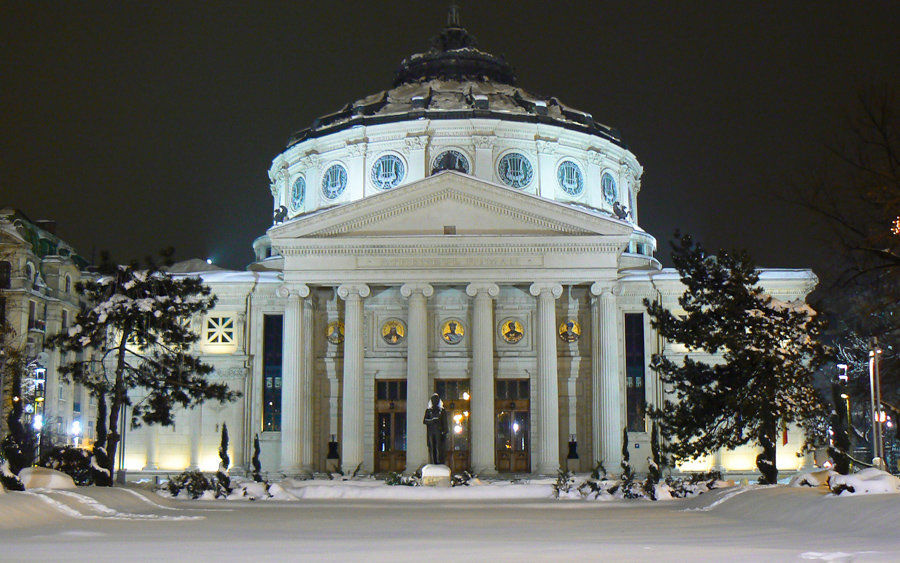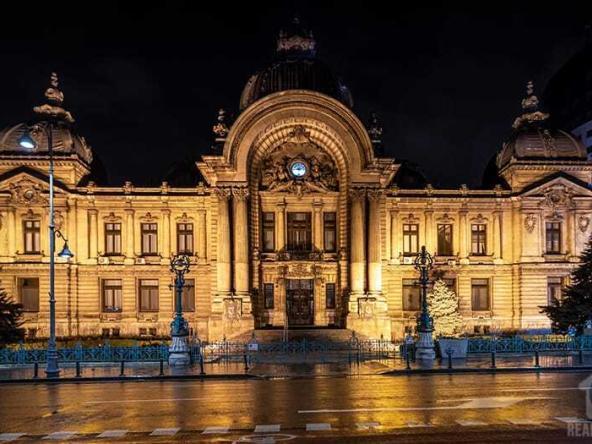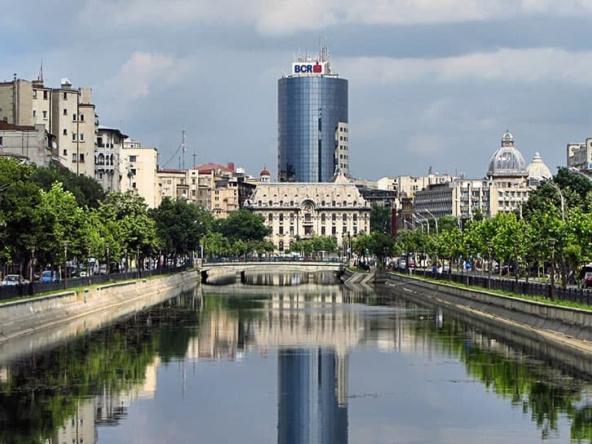The Athenaeum is the symbol-building for the entire Romanian Culture. Built in the heart of Bucharest 120 years ago, between 1886 and 1888, it became the architectural and spiritual landmark not just for a city, for a capital, but also for an entire nation.
Here is where the greatest Romanian personalities and scientists have lectured, where famous artists held their concerts, where true musical masterpieces where launched, where ample exhibitions took place, where kings, queens, politicians and foreign guests took part at important national and international events. Basically, the Romanian Athenaeum hosted some of the most significant historical moments that will forever be remembered in history.
Few know that the Romanian Athenaeum was built with the money raised from public donations, after organizing a national lottery with 500,000 tickets priced at 1 leu. The founder of the Society Romanian Athenaeum, Constantin Esarcu, came up with a funny, but simple slogan “Give one leu for the Athenaeum!” The idea of this project has surprisingly turned into a true lesson of solidarity.
The Romanian Athenaeum was designed by the French architect Albert Galleron after the scientific researches and indications of Alexandru Odobescu, and it was also reviewed and completed by a large team of Romanian specialists like Ion Mincu, Al.Orascu, Grigore Cerkez, Ion Socolescu and Cucu Starostescu. The construction of this important cultural institution wasn’t possible just due to the public donations, but also due to the existing foundations of the Diocese Garden that were supposed to be used for building a circus. Inspired by the ancient Greek temples the building amazes right from the first moment with a historical colonnade which sustains a triangular gable.
At the ground floor, the impressive lobby made from marble includes the 12 Doric columns that hold the concert hall. Four monumental baroque spiraled staircases made of Carrara marble, with balconies at the intermediary floor, make the connection with the hall and the annexed rooms (offices, rehearsal rooms and changing rooms). Organized as the old Greco-Roman amphitheaters, the 1,000 sitting places offer a perfect view from any angle and an impeccable audition. The flawless sound propagation is a consequence of the huge dome which absorbs the instrumental and vocal backgrounds from the podium, and distributes it through reverberations towards the auditors.
The exceptional acoustics of the sound cavity featured by the Romanian Athenaeum has placed the hall among the best buildings of this kind not only from Europe, but from the entire world. Some of the unique things that have turned the Romanian Athenaeum into a complex and distinctive architectural attraction are the Fresca which evokes the history of the Romanian people in 25 episodes, made for five years by the painter Costin Petrescu, the pipe organ installed in 1939, numerous technical improvements like the introduction of air conditioning, ceiling restoration, modern seats, boxes redistribution and the widening of scenes. For over 50 years, the Romanian Athenaeum has become the headquarters for the “George Enescu” Philarmonics, and starting with 1958 the place where all the “George Enescu” International Festivals are hosted.






